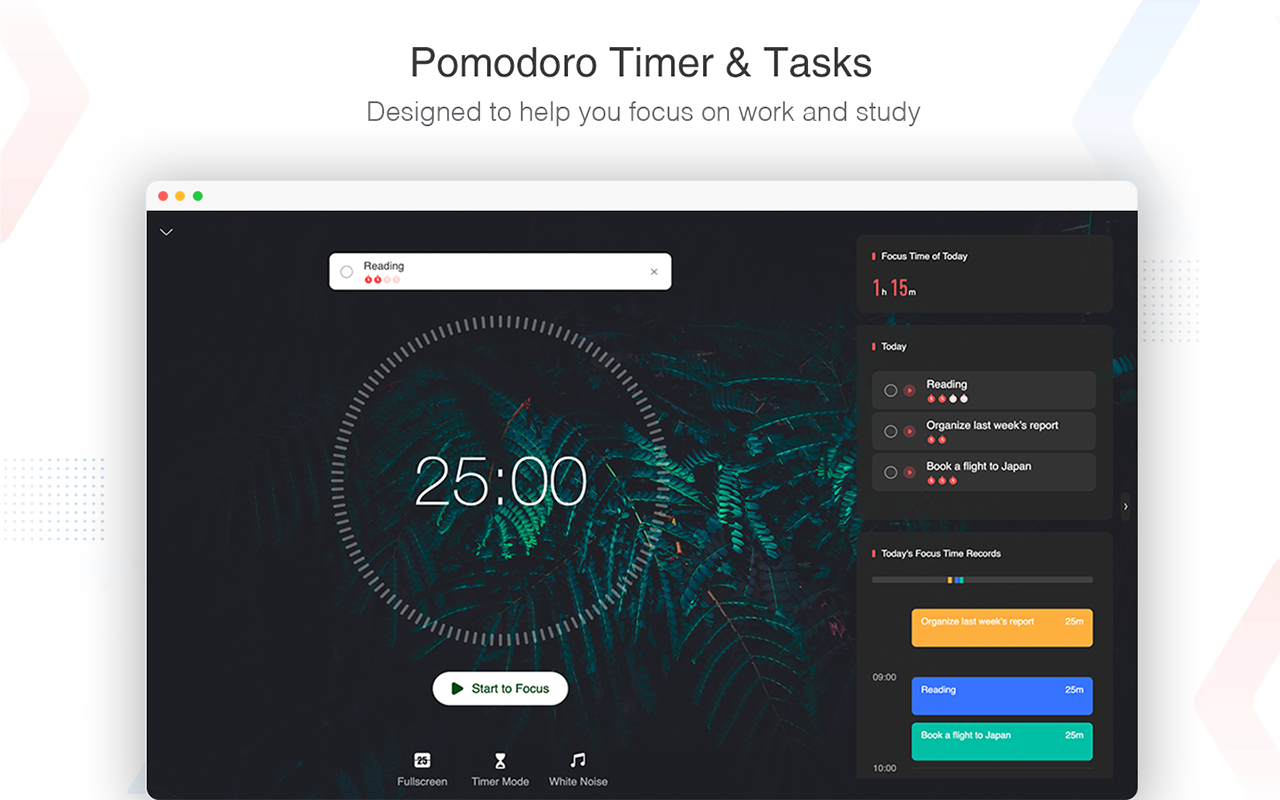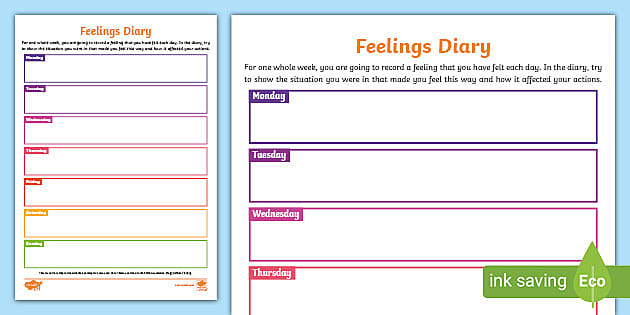Vibe Coding Ideas for Beginner | 매거진에 참여하세요
Vibe Coding Ideas for Beginner
#VibeCoding #Beginner #Project #Ideas #QuickBuild #Try #Fast
Vibe Coding Ideas for Beginners: Build Fast, Feel It, Throw It Away
Vibe coding isn’t about writing perfect code.
It’s about following your impulse, making something small and scrappy in a few hours, using it right away, and then moving on.
No planning. No pixel perfection.
Just feel → make → test → trash or refine.
So if you’re new to vibe coding and wondering what to build, here are 3 entry-level ideas that’ll help you build fast and feel alive.
1. The 25-Minute Focus Timer (aka Mini Pomodoro)

Goal: Build a simple timer that helps you stay focused for 25 minutes, followed by a 5-minute break.
Why it’s perfect for vibe coding:
- Only needs a timer function to feel useful
- Design can be minimal (big numbers + start button = done)
- Takes 3–4 hours to build something you can actually use
- Great starting point for customizing your own work vibe
How to build fast:
Go to StackBlitz, create a React project
Style it later—just enlarge the font and center the timer for now
Deploy to Vercel, open it on your phone, and use it right away
Basic features (Day 1 goal):
Start / Pause / Reset timer
25min work / 5min break cycle
Simple alert when session ends
Add later (Day 3+):
Custom timer length
Session count tracking
LocalStorage save
Mobile styling + dark mode
2. One-Line Daily Emotion Journal

Goal: Just write one sentence a day to log how you’re feeling. That’s it.
Why vibe-worthy:
Textbox + save button = all you need
Great for mobile
Encourages daily mindfulness with no pressure
How to build fast:
Use a single HTML + JS file
Save to localStorage as JSON
When the page loads, check if there’s already an entry for today
Basic features (Day 1 goal):
Choose an emotion (happy, sad, tired, etc.)
Enter one line of text
Only one entry allowed per day
Add later (Day 3+):
View past logs
Simple graph of emotions over time
Emoji UI for mood input
Random journal prompts (“What surprised you today?”)
Tech stack:
Frontend: React, Vue, or even plain HTML
Storage: localStorage→ Firebase/Supabase
Vibe: Soft background, paper-like entry boxes, one-tap UX
3. 💸 Super Simple Expense Tracker
Goal: Track how much you’re spending. Just input amount + reason, and that’s it.
Why vibe-friendly:
Only 2 inputs needed: number and text
No need for fancy dashboards
Time-based list = enough for version 1
How to build fast:
Use CodeSandbox or a blank HTML/JS setup
Store entries in an array and save to localStorage
Render a list of entries in reverse chronological order
Basic features (Day 1 goal):
Input fields: amount + description
‘Add’ button to log the entry
List that displays new items first
Add later (Day 3+):
Monthly total
Categories (food, transport, etc.)
Export as CSV
Login to sync across devices
Tech stack:
Frontend: React or Vue
Storage: Start with localStorage, upgrade to Firestore if needed
Bonus: Color coding based on expense amount
What Makes It “Vibe Coding”?
You don’t design first. You build something you want to use today.
You test it on your phone or laptop immediately.
You don’t optimize early—just enough to feel the tool.
You accept the imperfection and focus on feeling useful.
If you're spending hours choosing fonts and not writing code that does something, you're not in the vibe yet.
Final Thought: Feel It First, Then Fix It
You don't need to build something big. You just need to build something you'd actually use.
Let your idea lead, your tools follow, and your perfectionism wait.
So go on—make that messy little timer, that one-line diary, or that instant expense tracker.
And if you hate it?
Trash it.
Because that’s the vibe.






